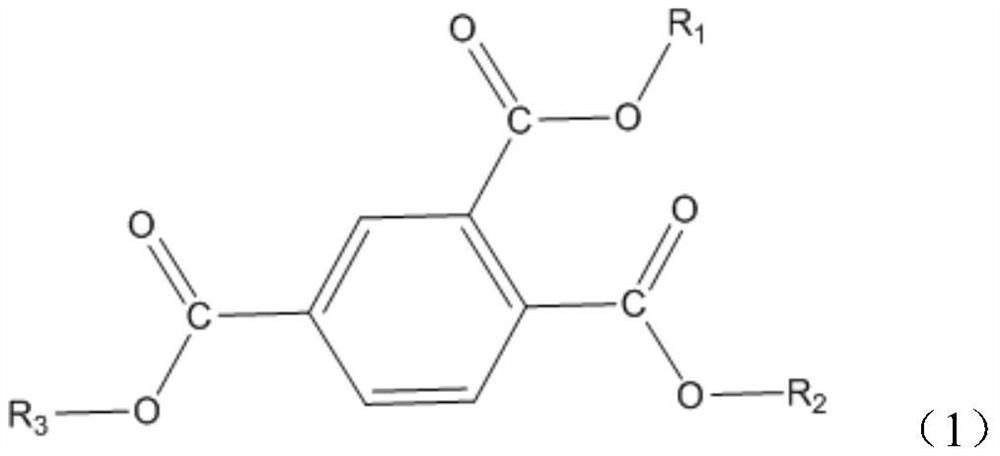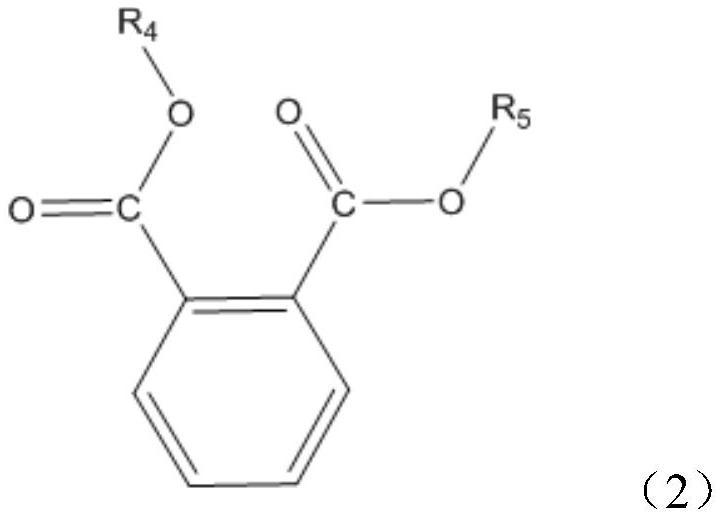A kind of silicone-free oil agent for carbon fiber precursor
A carbon fiber precursor and silicone-free technology, which is applied in the field of silicone-free oil and carbon fiber precursor, can solve the problems of unsatisfactory performance of carbon fiber, poor effect of preventing monofilament adhesion, and inability to obtain high-performance carbon fiber. The effect of reducing sticking phenomenon, ensuring uniform quality and wide applicability
- Summary
- Abstract
- Description
- Claims
- Application Information
AI Technical Summary
Problems solved by technology
Method used
Image
Examples
Embodiment Construction
[0072] The present invention will be specifically introduced below in conjunction with specific embodiments.
[0073] Various evaluations and measurement methods in the present invention are as follows:
[0074] Residual rate of heat resistance: using a thermogravimetric analyzer (Netzsch, Germany, NETZSCH TG 209F3), in an air atmosphere, the temperature was raised to 400 °C at a heating rate of 10 °C / min, and the resistance at 300 °C was obtained from the obtained thermogravimetric curve. Thermal Survival Rate.
[0075] Emulsion particle size: measured using a laser particle size analyzer (Malvern, UK, Mastersizer 2000).
[0076] Carbon fiber ash content: according to the national standard GB / T 1429-2009 "Determination of Ash Content of Carbon Materials".
[0077] Roller sticking degree in the raw silk production process: continuous production for one month, count the number of times the roller surface is cleaned during the calculation period, and evaluate according to the ...
PUM
| Property | Measurement | Unit |
|---|---|---|
| particle size | aaaaa | aaaaa |
| particle diameter | aaaaa | aaaaa |
Abstract
Description
Claims
Application Information
 Login to View More
Login to View More - R&D
- Intellectual Property
- Life Sciences
- Materials
- Tech Scout
- Unparalleled Data Quality
- Higher Quality Content
- 60% Fewer Hallucinations
Browse by: Latest US Patents, China's latest patents, Technical Efficacy Thesaurus, Application Domain, Technology Topic, Popular Technical Reports.
© 2025 PatSnap. All rights reserved.Legal|Privacy policy|Modern Slavery Act Transparency Statement|Sitemap|About US| Contact US: help@patsnap.com



